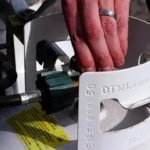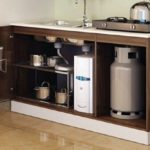Gas is a modern convenience that has made cooking easier for people worldwide. However, it can also be dangerous if not used properly and safety precautions are ignored. While gas itself is not flammable, it can ignite and burn rapidly when exposed to oxygen.
Here are seven important tips to ensure safe gas cylinder placement and usage, creating a secure environment for your family:
1 Maintain a Safe Distance Between the Cylinder and Stove
It is crucial to position the stove higher than the gas cylinder to ensure safety. Maintain an ideal distance of 1 to 1.5 meters between the cylinder and stove, and keep them at least 1.5 meters away from other heat sources. Additionally, place the cylinder in a well-ventilated area to detect any potential gas leaks early on.
 Maintain a Safe Distance Between the Cylinder and Stove
Maintain a Safe Distance Between the Cylinder and Stove
2 Avoid Hiding the Cylinder in Enclosed Spaces
While it may be tempting to hide the cylinder to improve the aesthetics of your kitchen, placing it in an enclosed or hidden area is dangerous. In the event of a gas leak or explosion, the consequences could be catastrophic. Instead, opt for a well-ventilated area that is easily visible.
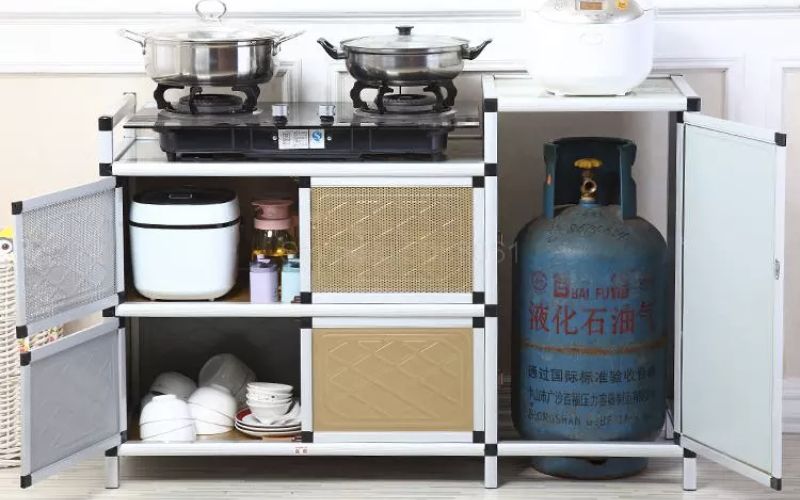 Avoid Hiding the Cylinder in Enclosed Spaces
Avoid Hiding the Cylinder in Enclosed Spaces
3 Be Alert to the Smell of Gas
Gas is odorless in its natural state, but manufacturers add mercaptan, which has a distinctive rotten egg smell, to help detect leaks. If you notice this smell, immediately inspect the cylinder, pipes, and connections for any signs of leakage. Avoid using any electrical appliances that could create a spark, and be cautious of other potential sources of ignition. Open all windows and doors to ventilate the area, and use a face mask or damp cloth to cover your nose and mouth while evacuating.
 Be Alert to the Smell of Gas
Be Alert to the Smell of Gas
4 Locate the Source of the Leak
Once you suspect a gas leak, create a soap solution and apply it to the gas pipe and control valve using a sponge. If you notice bubbles forming, you’ve identified the leak’s location. Turn off the cylinder’s valve, detach it, and move it to a well-ventilated area.
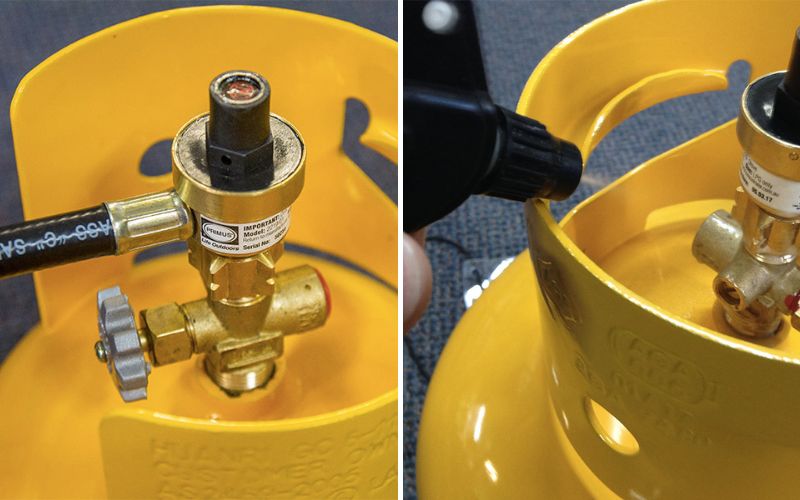 Locate the Source of the Leak
Locate the Source of the Leak
5 Regularly Inspect the Pipes and Control Valve
To check for leaks in the pipes and control valve, apply soap solution to the suspected areas. For safety, replace the gas pipes every two years and the control valve every five years. Always choose reputable brands with clear origins to ensure the highest safety standards.
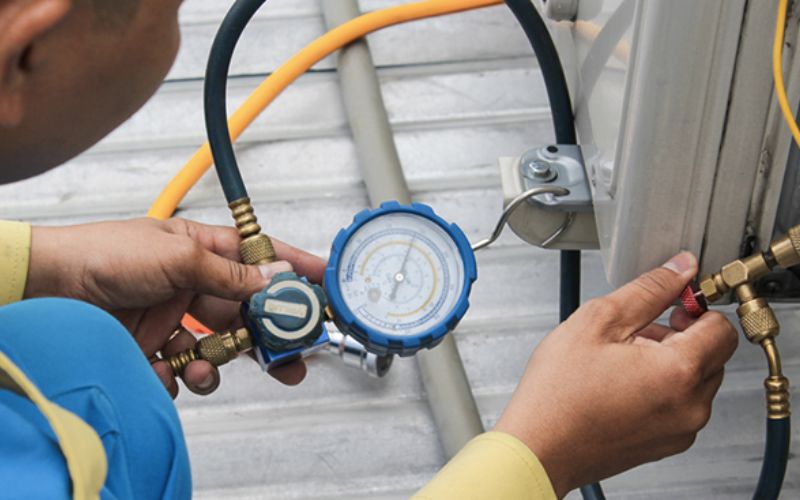 Regularly Inspect the Pipes and Control Valve
Regularly Inspect the Pipes and Control Valve
6 Remember to Turn Off the Cylinder After Use
Always turn off the cylinder valve at night or after cooking. Leaving it on can lead to gas accumulation, which poses a serious safety hazard over time.
 Remember to Turn Off the Cylinder After Use
Remember to Turn Off the Cylinder After Use
7 Check the Cylinder’s Expiry Date
When replacing your gas cylinder, only purchase from reputable sources and inspect the cylinder for any signs of damage or rust. Ensure the seal is intact and never use a cylinder beyond its expiry date. Taking these precautions will reduce the risk of accidents and ensure your safety.
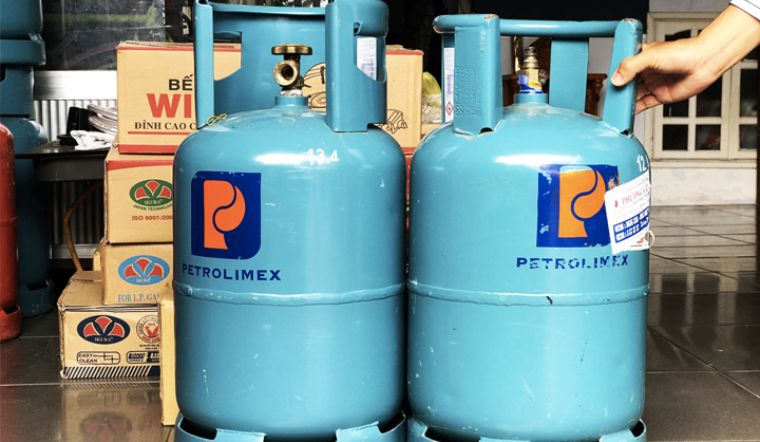 Check the Cylinder’s Expiry Date
Check the Cylinder’s Expiry Date
These seven tips are essential for safe gas cylinder usage. We hope this information helps those who plan to use gas cylinders or conduct regular gas safety checks. Thank you for reading!
How to correctly place a gas cylinder in the stove?
Knowing how to properly handle and place a gas canister is essential for safety and to avoid any potential risks. It is important to follow the guidelines and regulations set forth to ensure the well-being of oneself and others. Understanding the proper procedures and precautions can make all the difference in preventing accidents and emergencies. Therefore, it is crucial for everyone to educate themselves on the correct techniques and best practices when dealing with gas canisters.

























